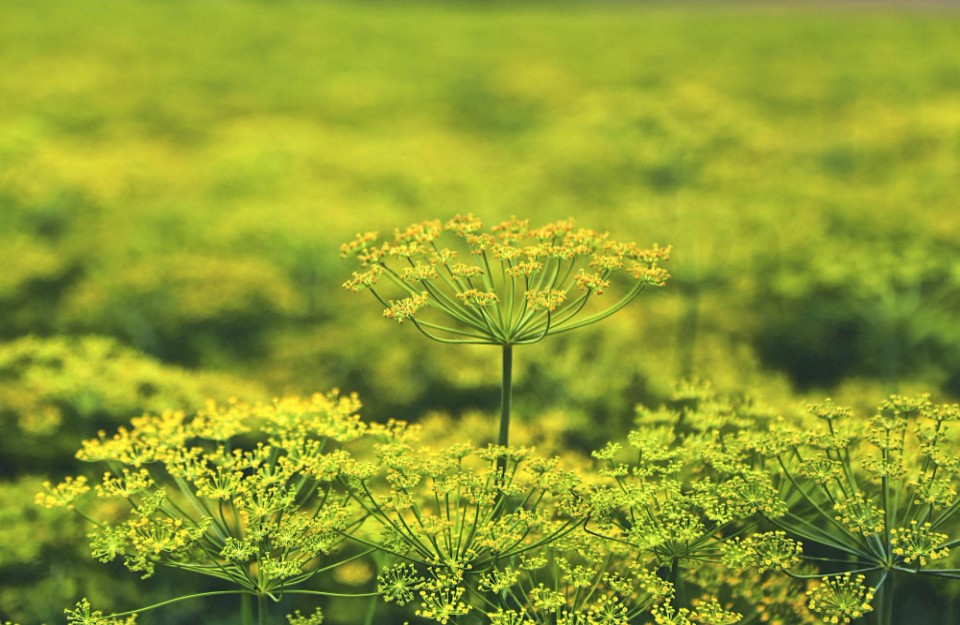
Cumin is primarily cultivated as a spice crop. Over 80 percent of the country cumin production comes from the states of Gujarat and Rajasthan, with Rajasthan contributing around 28 percent of the total production.
To start cumin cultivation, begin by plowing or using a cultivator to turn the soil and allow it to soak up the sun for at least 15 days. Spread well-rotted cow dung or compost over the soil, then thoroughly plow it with a rotavator to refine it. To even out the soil, apply two handfuls of single superphosphate across the field. With these steps completed, the field is ready for sowing. The ideal temperature for sowing cumin is between 24 to 28 degrees Celsius, with 20-25 degrees Celsius being optimal for cultivation. While farmers commonly broadcast cumin seeds, it's preferable to sow them in rows spaced 30 cm apart using a cultivator.
Cumin thrives in soils with excellent drainage, including black soil, sandy soil, loamy soil, and soil rich in organic matter. Adequate soil drainage is crucial for successful cultivation.
October to November is the best time to sow cumin as it's a winter crop. There are two methods to prepare for cultivation: direct sowing or nursery preparation. Maintain a seed spacing of 15-20 cm and a row-to-row distance of 45-50 cm. Seeds should be sown at a depth of 2-3 cm.
Enhanced Cumin Varieties:
Determining the quantity of manure and fertilizers for cumin cultivation should follow soil testing. Before sowing, blend 5 tons of well-rotted cow dung or compost into the soil during the final plowing. At sowing time, apply 65 kilograms of DAP, 9 kilograms of urea, 30 kilograms of muriate of potash, and 10 kilograms of zinc sulfate per hectare. Around 40-45 days post-sowing, apply 3 kilograms of nitrogen, 3 kilograms of sulfur, and 150 grams of boron per hectare around the roots. Subsequently, irrigation should be conducted.
Irrigation Practices: The initial irrigation for cumin should coincide with sowing. Subsequent irrigations should occur at intervals of 7-8 days as needed to facilitate optimal crop germination. If required, perform light irrigation again 6-7 days later. Continue irrigating every 20 days until seed formation, avoiding irrigation during this critical phase to prevent a reduction in seed yield. Employ the sprinkler method for irrigation.
Cumin crops are highly vulnerable to pest attacks due to their slow initial growth, which escalates the risk of pest proliferation and crop damage. To mitigate pest issues in cumin fields, Pendimethalin application is advised within two days of sowing. If sowing bajra in the same plot, deep plowing with a soil-turning plow is recommended. It's crucial not to cultivate cumin continuously in the same area for more than three years to reduce the risk of wilt disease. Implementing proper crop rotation is vital, with a suggested three-year cycle of green gram, cumin, wheat, pearl millet, and cumin.
Harvesting and Yield: Harvesting should commence when the plants attain a brown hue. By utilizing improved varieties, an average yield of 6-8 quintals of seeds per hectare can be attained. Cumin cultivation involves an expenditure of around 35-40 thousand rupees per hectare. Favorable market prices can result in substantial profits.
Read More... Know How to do Ridge Gourd Cultivation, Disease and Management
Pest and Disease Management: